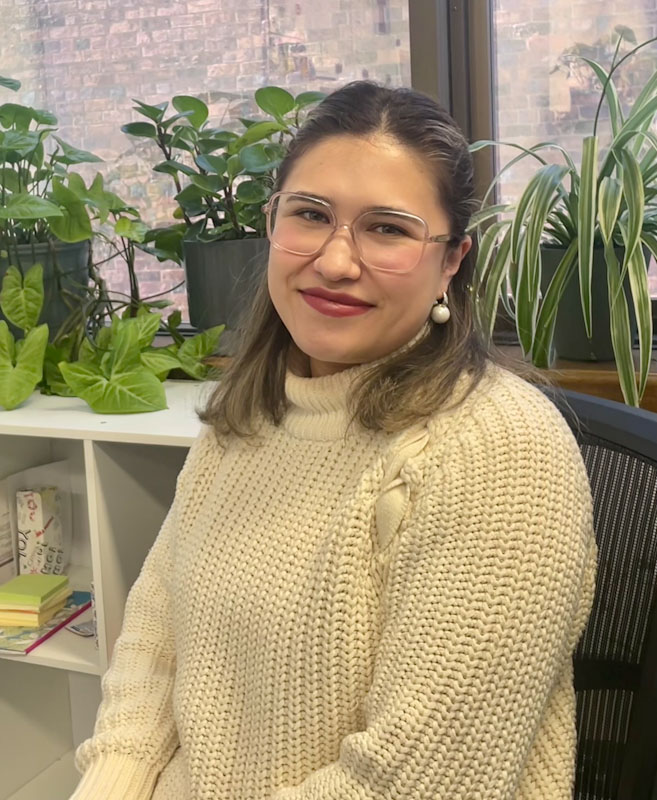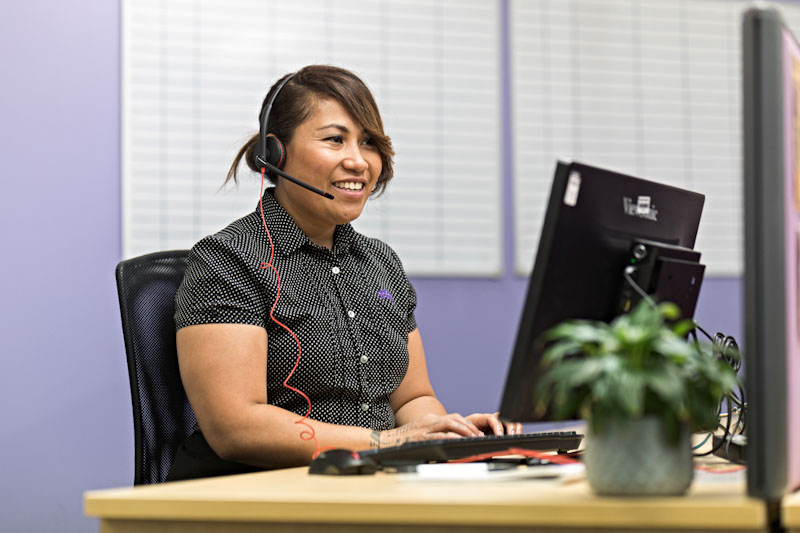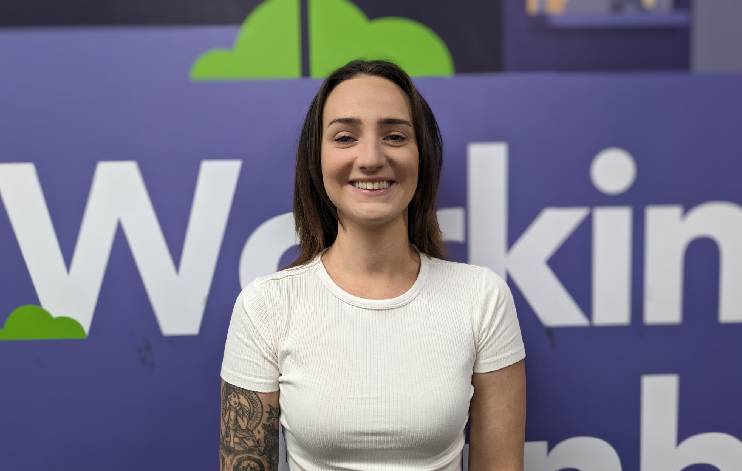Whole-person approach the key for this Tassie Trainer
Published by MAXSolutions on September 12, 2023

Australia is a diverse country. The landscape changes dramatically from top to bottom, from the centre to the coast.
Understandably, the people who live, work, and study all over this country have different goals in life as well as barriers to achieving these goals.
That’s why no Skills for Education and Employment (SEE) classroom is the same.
We have classes across Tasmania in Devonport, Launceston and Hobart. Each classroom and group of students requires a different approach to service the unique needs of each community.
Senior Trainer in Tasmania, Stella Quintero is passionate about making sure her students receive the kind of English instruction that keeps them engaged and is relevant to their daily lives.
Stella has been teaching English for close to a decade after completing a degree in literature in Colombia. She later migrated to Australia, where she completed further study in TESOL and continued her teaching career while in Brisbane.
Having been teaching with MAX for the last 3 years in Tasmania, she has seen the class sizes grow and new classes open each with their own sets of challenges.
Classes closer to the city have a large component of culturally and linguistically diverse (CALD) students which require different approaches and have different needs to classes in the north.
Making curriculum practical for everyday life is coupled with cultural education so that migrant students can better understand their new home.
In these classrooms learning how to navigate life in Australia is more of a focus. From using public transport to dealing with utilities or accessing medical services.
Classrooms in the more regional areas of northern Tasmania have some students who have a negative history of dealing with government services or school and have lower self-esteem.
In these classrooms, there is a greater emphasis on confidence building and creating a safe space to enable students to take chances with their learning journey.
“Reframing the perception of self is important, you need to have empathy for your students, to build them up.”
Stella notes that learning disabilities or neurological disorders such as Dyslexia or ADHD can also be prominent barriers in these classes.
“Some of these students weren’t necessarily given the extra support they needed during school but when they come into our classroom, they get the individual assistance they need to reach their goals.”
“All of our students have different motivations and different barriers to learning. Our job is to break down those barriers and motivate them to reach the milestones that help them into employment or further education.”
The Skills for Education and Employment (SEE) program is delivered by MAX on behalf of the Department of Employment and Workplace Relations.
Tags
Found this useful?
Help and advice
Our blogs are about helping people seek the information that they need for their steps in the workforce.














_1.jpg)





























.jpeg)

















